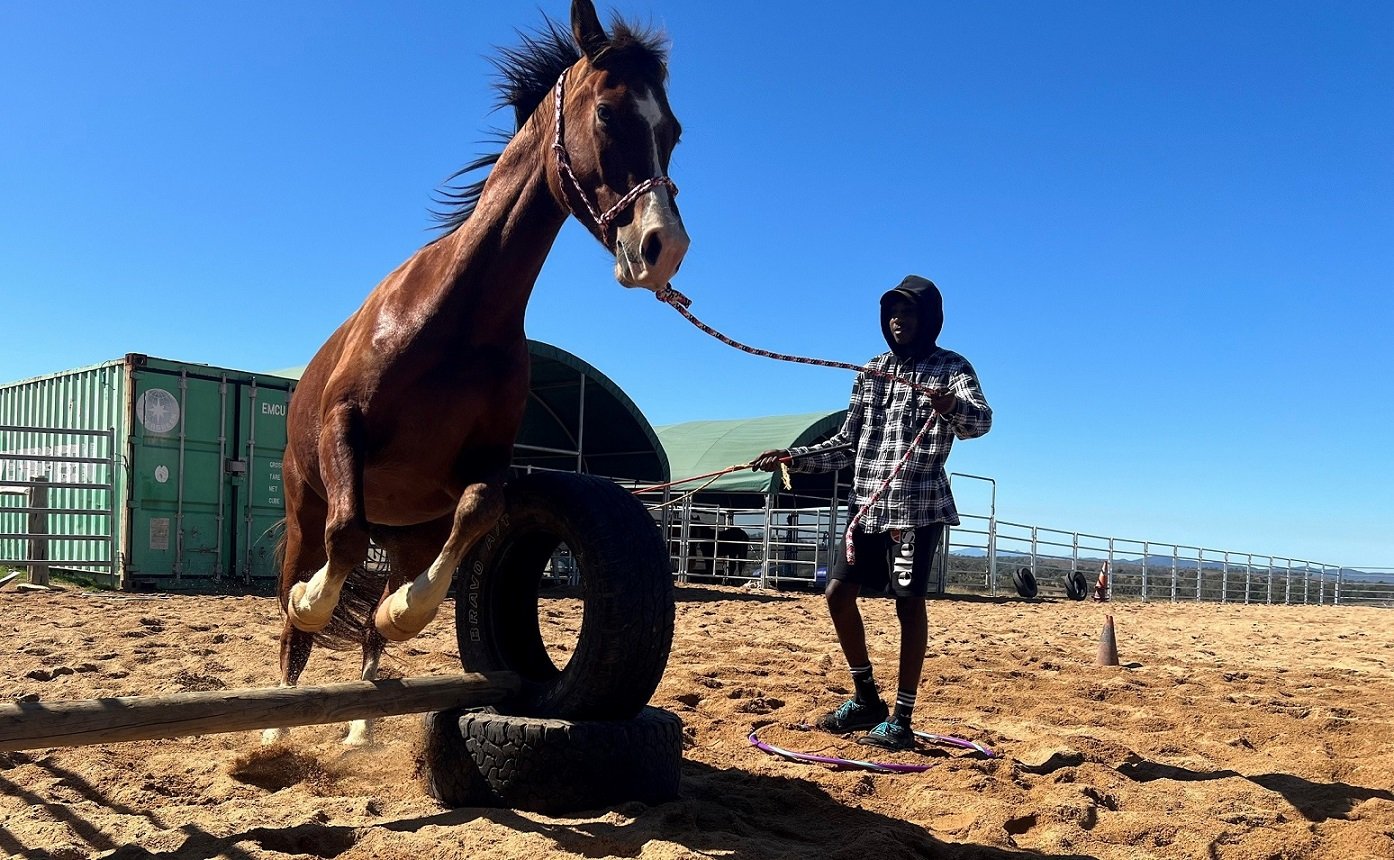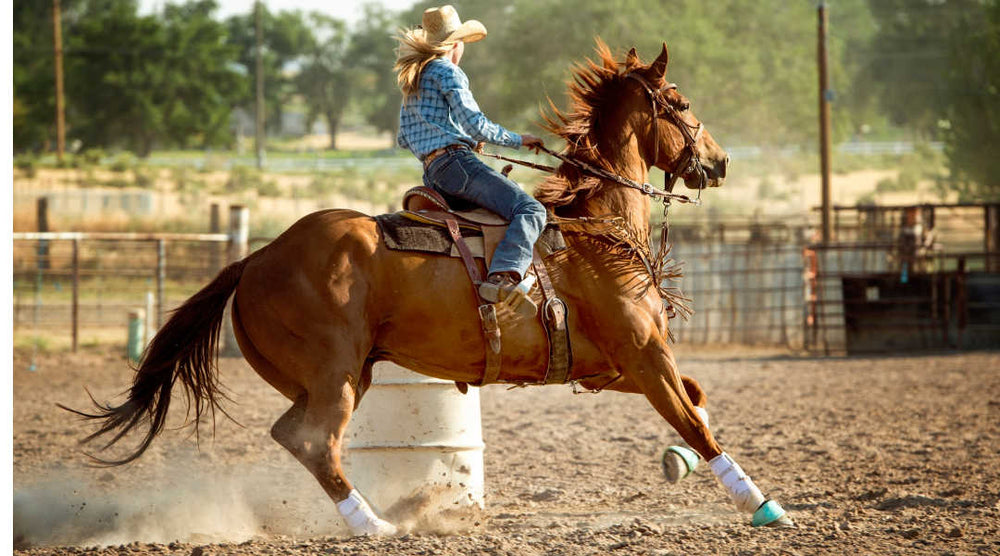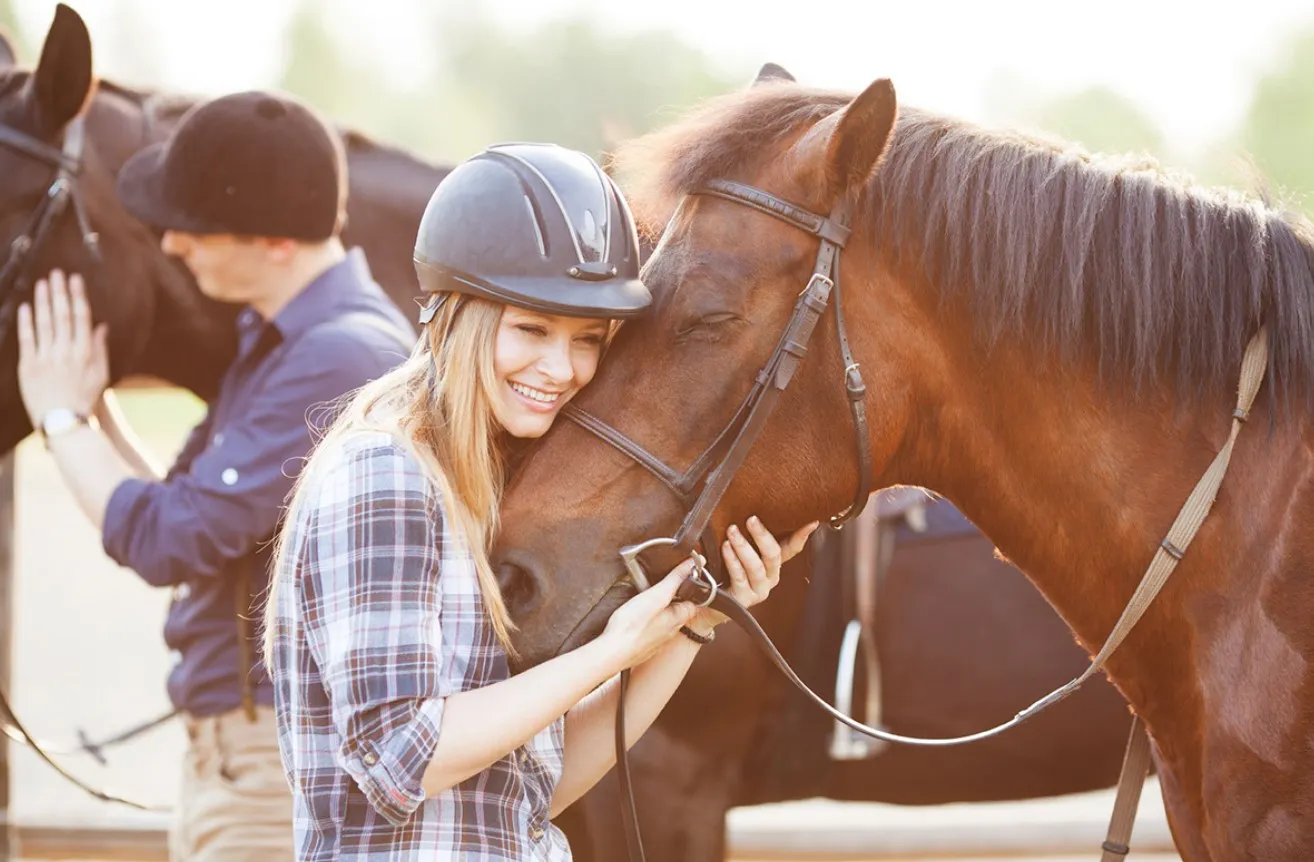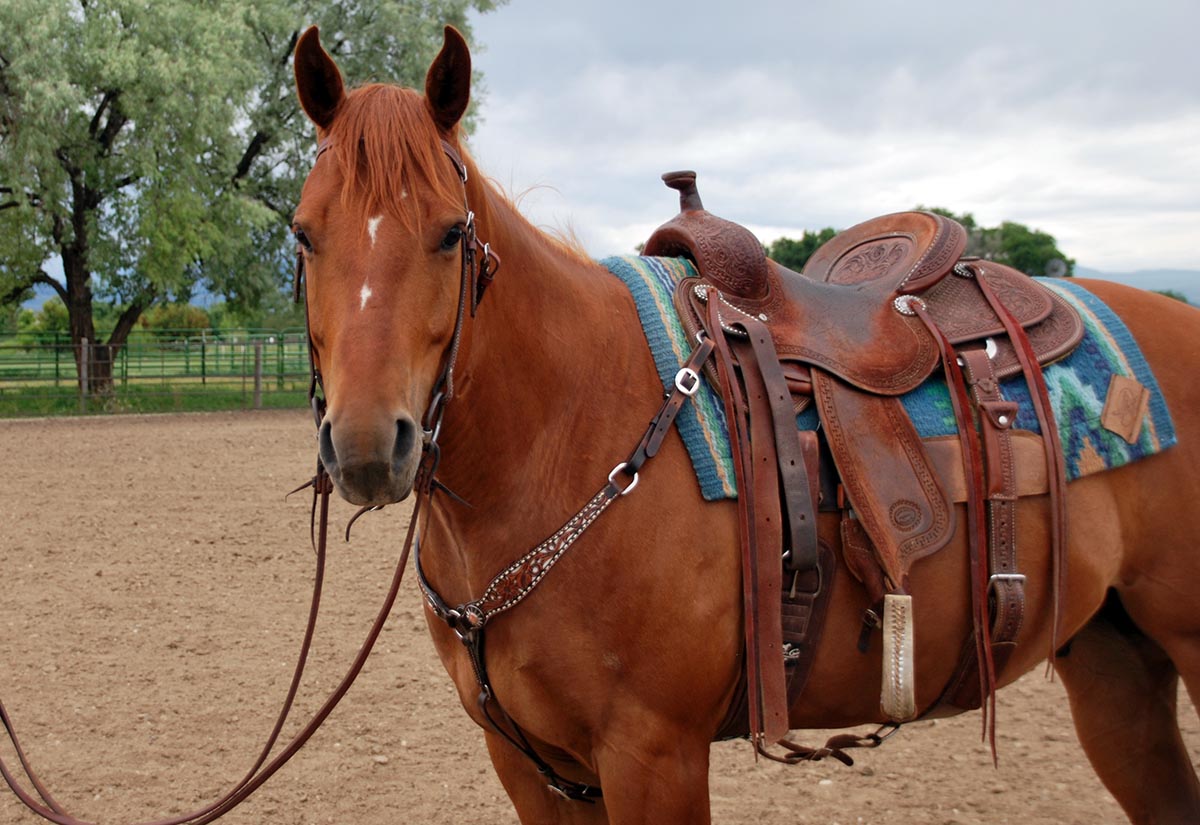For horse enthusiasts, developing a structured horse training schedule is crucial to ensure the well-being and performance of their equine companions. A well-planned schedule not only enhances the riding experience but also strengthens the bond between the horse and the rider. In this article, we will delve into the intricacies of crafting an effective training schedule, tailored to meet the unique needs of your horse.
Creating a horse training schedule involves understanding the specific requirements of your horse, considering factors such as age, breed, and fitness level. It is essential to incorporate a mix of activities to maintain the horse’s interest and promote overall development. Let’s explore the components of a successful horse training plan.

Understanding Your Horse’s Needs
Assessing Fitness Levels
Before embarking on a training regimen, it’s important to evaluate your horse’s current fitness levels. This assessment helps in designing a schedule that gradually builds endurance and strength. Consulting with a veterinarian can provide valuable insights into your horse’s physical capabilities.
Setting Realistic Goals
Define clear and achievable goals for your horse’s training. Whether it’s preparing for a competition or improving general fitness, setting objectives helps in tracking progress and maintaining motivation.
Designing the Training Schedule
Weekly Training Plan
A balanced weekly plan should include a mix of activities such as groundwork, lunging, and ridden exercises. Allocate specific days for different types of training to ensure a well-rounded approach. For instance, incorporate groundwork exercises to enhance communication and obedience.
Incorporating Rest Days
Rest days are as important as training days. They allow the horse to recuperate and prevent overtraining, which can lead to injuries. Ensure that your schedule includes adequate rest periods.
Types of Training Activities
Groundwork Exercises
Groundwork lays the foundation for all other training activities. It helps in establishing trust and respect between the horse and the handler. Activities may include leading exercises, backing up, and lateral movements.
Lunging Techniques
Lunging is an effective way to build fitness and improve the horse’s balance and rhythm. It involves guiding the horse in a circle while controlling speed and direction. Proper lunging techniques contribute to muscle development and coordination.
Advanced Training Techniques
Dressage Training
Dressage focuses on precision and grace, enhancing the horse’s flexibility and responsiveness. It involves performing a series of movements in a harmonious manner. Incorporate dressage sessions into your schedule to refine your horse’s skills.
Jumping Exercises
For those interested in show jumping, incorporating jumping exercises is vital. Start with small jumps and gradually increase the height as the horse gains confidence and strength.
Monitoring Progress
Keeping a Training Journal
Documenting each training session helps in tracking progress and identifying areas that require improvement. Note down the exercises performed, duration, and any observations related to the horse’s behavior and performance.
Regular Health Check-Ups
Regular veterinary check-ups are essential to ensure the horse’s health is not compromised during training. Address any health issues promptly to avoid disruptions in the training schedule.
Adapting to Seasonal Changes
Winter Training Adjustments
During colder months, adjust the training schedule to accommodate weather conditions. Consider using special shampoos for thick winter coats to maintain coat health.
Summer Training Considerations
In warmer months, schedule training sessions during cooler parts of the day to prevent overheating. Ensure the horse stays hydrated and monitor for signs of heat stress.
Enriching the Training Experience
Incorporating Fun Activities
Introduce fun activities to keep the horse engaged and motivated. Trail rides, obstacle courses, and games can break the monotony of routine training.
Exploring New Environments
Expose your horse to different environments to enhance adaptability and confidence. This can include visits to new arenas or participating in local events. For more insights on training methods, explore various resources available online.

Frequently Asked Questions
How often should I train my horse?
Consistency is key, but it’s important to balance training with rest. Aim for 4-5 training sessions per week, allowing time for recovery.
What should I include in a training session?
A typical session should include a warm-up, the main activity (such as groundwork, lunging, or ridden exercises), and a cool-down period.
How can I tell if my horse is overworked?
Signs of overwork include fatigue, reluctance to perform exercises, and behavioral changes. If you notice these signs, consider revising the training schedule.
This article contains affiliate links. We may earn a commission at no extra cost to you.






